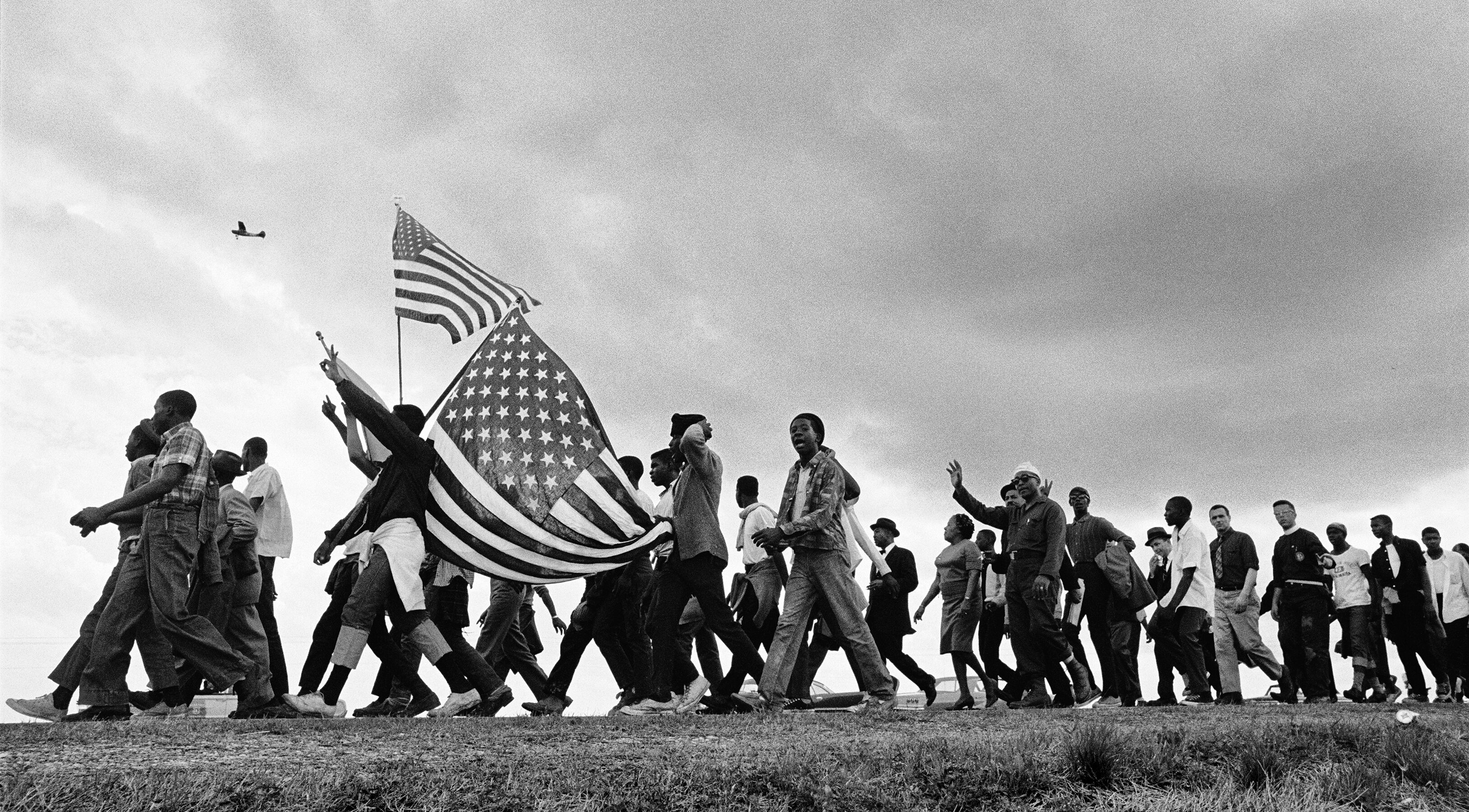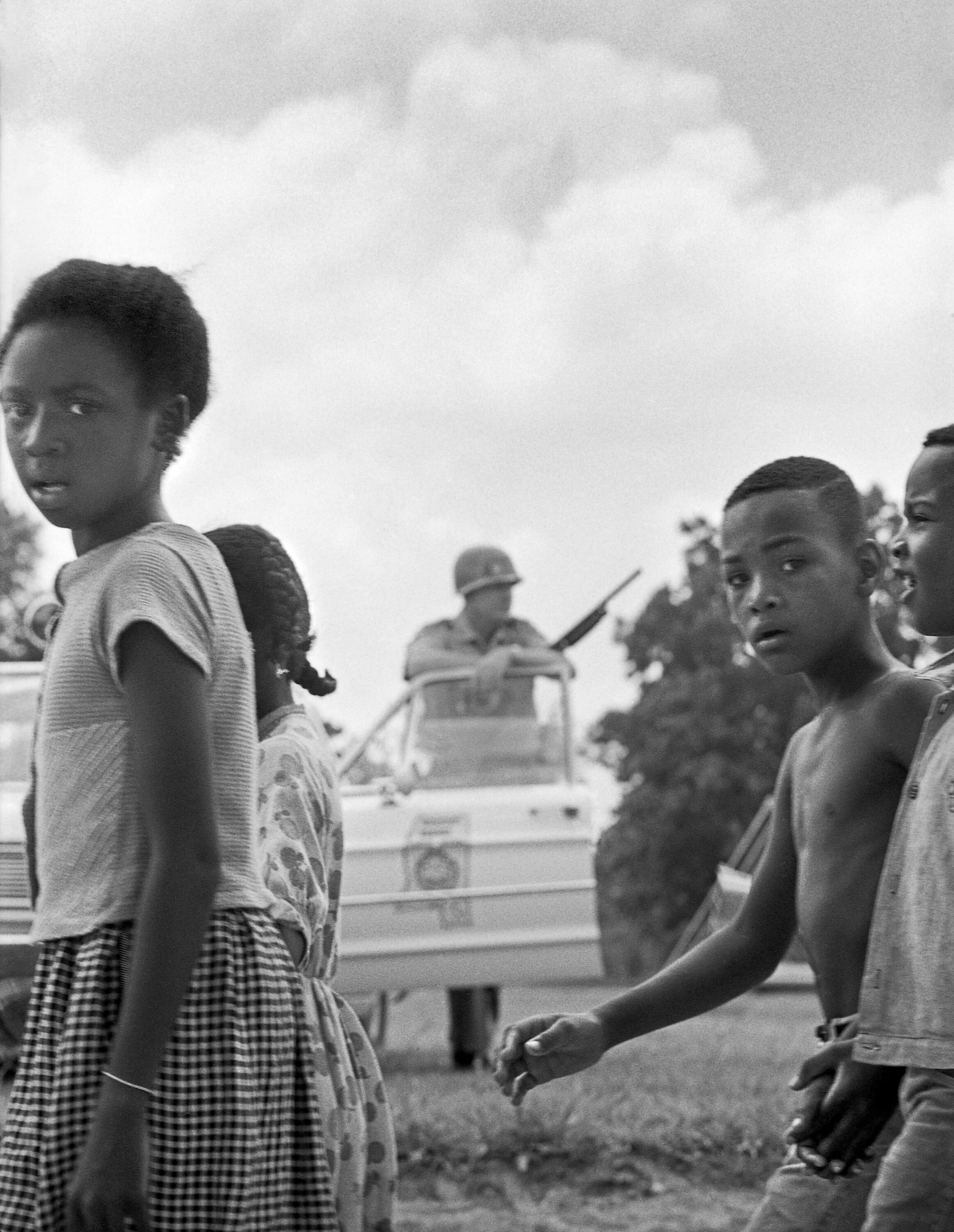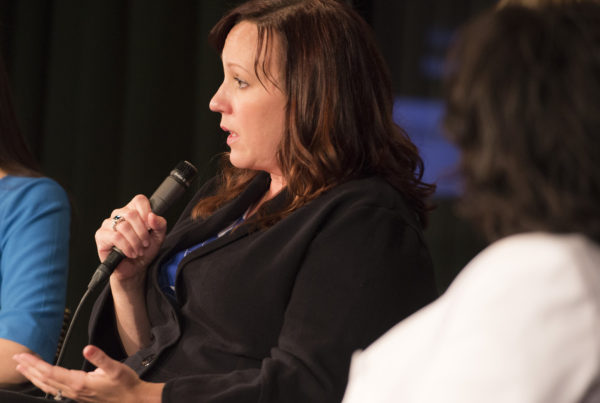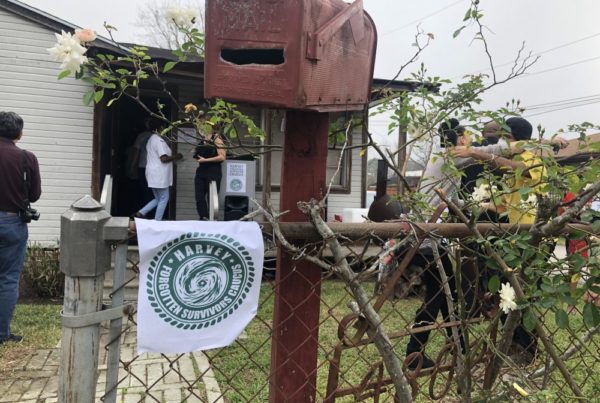Almost 60 years since the founding of the Student Nonviolent Coordinating Committee, or SNCC, the group continues to elevate the voices of young African Americans pushing for civil rights.
Now, a photography exhibit at the Bullock Texas State History Museum in Austin looks back at SNCC’s early years. Maria Varela is one of the photographers featured in the exhibit, “This Light of Ours,” and was the first Latina woman to document SNCC’s activism in the Black Belt South.
Varela says she was originally recruited by SNCC to work as a secretary at its Atlanta headquarters. She wouldn’t have gone had she known she’d end up being an activist herself.
“That’s what I was recruited to do,” Varela says. “Otherwise I wouldn’t have gone. I was, like, too scared. Between the Klan and local sheriffs and bugs and spiders, I mean, who’d want to do that?”















